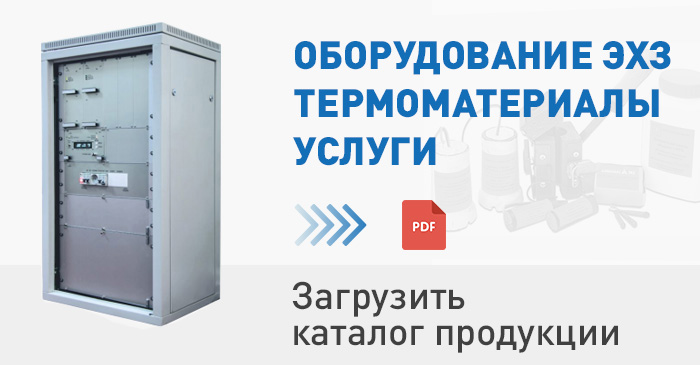Surveys
Surveys
Through many of our divisions we are able to conduct site surveys to identify, document, and evaluate the level of cathodic protection on metallic structures in soil, water, concrete, and other corrosive electrolytes. Our engineers are certified and qualified (in the period from 1997 to 2016, more than 43,000 km of pipelines were surveyed) to undertake the many different types of surveys necessary to accurately assess the level of corrosion protection achieved due to application of cathodic protection. We use the most sophisticated equipment in the industry for our surveys. Typical engineering surveys include close interval surveys, routine operation and maintenance monitoring surveys, failure analysis, cathodic protection system troubleshooting, interference testing, and cathodic protection system startups.
Track-to-Earth Resistance Survey
Stray Current Interference Survey
Underground pipeline current mapping
Commissioning and Certification Survey
Soil corrosivity survey
Potential profiles (annual & close interval surveys)
Resistivity profile (soil & water)
Pipe-to-soil Potential Survey
CIP survey
CIP (close interval potential) survey is an electrolytic direct current (DC) potential measurements made at regular intervals to assess the level of cathodic protection on buried pipelines. The potential profile includes both “on” and “off” potentials, and interpretation of the results can include identification of coating defects. This survey procedure can also be used to identify areas affected by interaction.
DCVG survey
A DCVG (Direct Current Voltage Gradient) survey is an above ground non-intrusive survey technique. The measurement technique detect voltage gradients as a result of current flow in the soil, generally associated with a holiday or defect in the pipeline coating but it is not a measure of the adequacy of the cathodic protection system.
A DC current is impressed, either from the installed ICCP system, or a temporary system. As a result of current flow through resistive soil, DC voltage gradients are created. At locations where there are coating defects, the resistance are lower, resulting higher current flow, and hence increased voltage gradients.
PCM survey
The PCM (Pipeline Current Mapping) survey is performed to qualitatively rank coating quality and highlight pipeline locations with the most significant coating holidays (defects).
PCM (Pipeline Current Mapping) works by applying a very low frequency alternating current (AC) to the pipeline by a PCM transmitter. This current signal escapes from the pipeline where there are defects in the coating, and can be identified from above the ground using a PCM receiver (magnetometer). The PCM receiver also provides a measurement of pipeline depth, current magnitude and direction of the current applied by the PCM transmitter. An A-Frame attachment enables pinpointing of coating faults.
This measurement technique is also well suited for identification of interaction with other structures. You may also want to read about current leakage measurement.
Reference list of companies:
LLC Gazprom transgaz Volgograd;
LLC Gazprom transgaz Yekaterinburg;
LLC Gazprom transgaz Kazan;
LLC Gazprom transgaz Krasnodar;
LLC Gazprom Transgaz Moscow;
LLC Gazprom transgaz Samara;
LLC Gazprom transgaz Saint Petersburg;
LLC Gazprom transgaz Saratov;
LLC Gazprom transgaz Stavropol;
LLC Gazprom transgaz Tomsk;
LLC Gazprom transgaz Ukhta;
LLC Gazprom transgaz Yugorsk;
Daltransgaz JSC;
PJSC TATNEFT;
JSC Chernomortransneft PJSC Transneft.
Highly qualified specialists performing surveys periodically undergo the necessary courses and training, and also maintain contacts with leading specialists of Gazprom VNIIGAZ LLC, VNIIST OJSC, VNIPIgazdobycha OJSC, Giprospetsgaz OJSC and Giprogaztsentr OJSC. Leading employees of the department take part in the development of normative and technical documentation in terms of corrosion protection and pipeline surveys.
